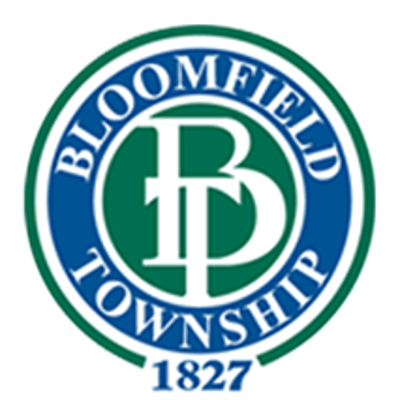“Almost every year, since they were voted in, ten, twenty years ago, millages get rolled back. They go down most years, except when there is an exceptional downturn in the housing market” said Darrin Kraatz, Director of the Assessing Department for Bloomfield Township. “Many people don’t know this,” he continued.
These rollbacks are a result of the Headlee Amendment to Michigan’s constitution, which passed in 1978. Since this time, units of government are required to annually calculate a Headlee rollback factor. The annual factor is then added to Headlee rollback factors determined in prior years resulting in a cumulative Headlee rollback factor sometimes referred to as the “millage reduction fraction.”
This total “millage reduction fraction” is then applied to the millage originally authorized by charter, state statute, or a vote of the people. In summary, the actual mills available to be levied by a unit of local government is the product of the authorized millage rate times the total millage reduction fraction. This is known as the “Headlee maximum allowable millage.”
According to the Michigan Municipal League, local governments were allowed to “roll up” their millage rates when growth on existing property was less than inflation until Proposal A legislation passed in 1994. The 1994 change to the General Property Tax Act has prevented local governments from being able to share in the benefits of any substantial market growth in existing property values.
Uncapped values are treated as growth on existing property and trigger Headlee rollbacks. For local governments levying at their Headlee maximum authorized millage, rolling back the maximum authorized millage rate reduces the revenue that would have been generated from these increased property values. The increase in the taxable value of property not transferred is capped at the lesser of inflation or five percent. Even though the taxable value of a particular piece of property increases at the rate of inflation, the millage rate for the entire community is “rolled back” as a result of the increase in the total taxable value of the community. The net result is a less than inflationary increase in the actual dollars received from property taxes.
Jason Theis, Bloomfield Township Finance Director, created the chart below to demonstrate how tax revenue will continue to fall behind inflationary increases due to Prop A and the Headlee Amendment, resulting in public safety staff levels remaining low at 22 fewer personnel than in 2008.

